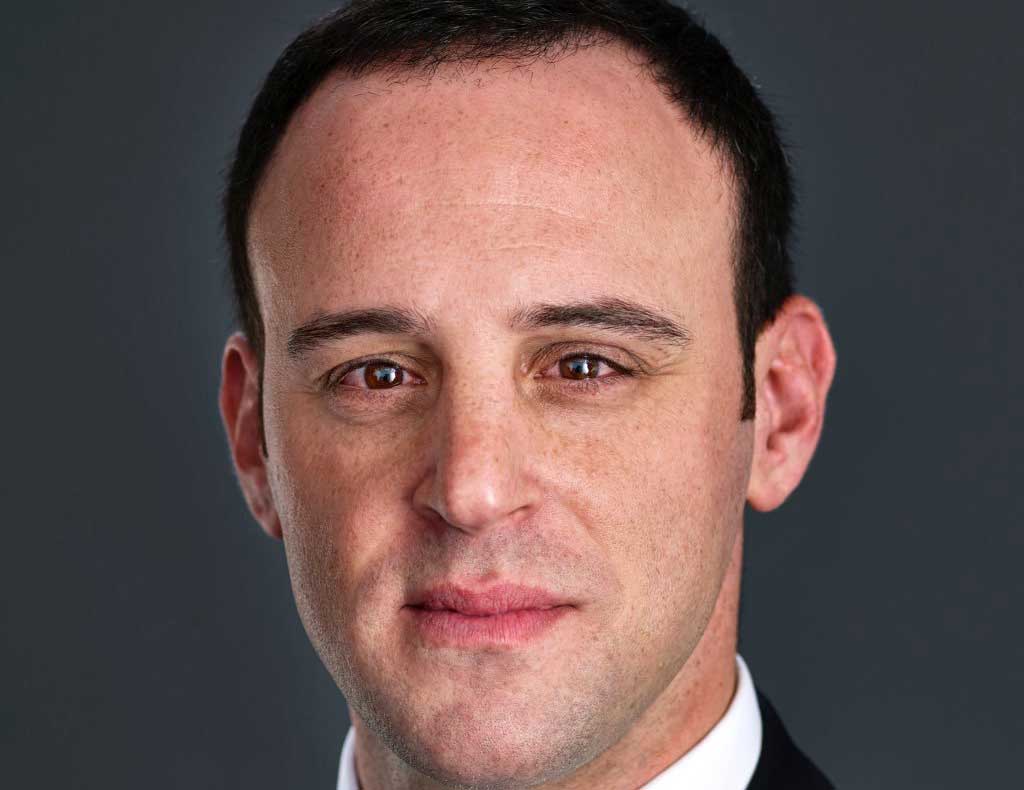SONNY SERITE
De Beers Executive Vice-President, Corporate Affairs, David Prager says that his company will always be a natural diamond company despite the recent decision to embark on synthetic diamond sales.
In an interview with the Botswana Gazette in Gaborone, the London-based De Beers executive indicated that the mining giant has no intention of abandoning their long-held business operations in natural diamonds and that this long term strategy is buttressed by the fact that De Beers will, over the next five years, spend 10 billion US Dollars in setting up new mines and expanding their existing operations in the exploration, mining and marketing of natural diamonds.
De Beers which was, up until recently, part of the ‘‘Real is Rare’’ campaign sought to combat the promotion of synthetic (lab-grown) stones as an alternative to mined diamonds. The company recently announced that it will start selling jewellery designed using laboratory-made diamonds at a fraction of the price of mined gems, marking an historic shift for the world’s biggest diamond miner.
Prager allayed fears that the decision might have a negative impact on the sale of natural diamonds, ‘‘We are just responding to consumer demands.” Prager revealed that De Beers has realised that consumers were being disadvantaged as companies have pegged synthetic diamonds at prices almost the same as those of natural diamonds.
De Beers is hoping to create a price gap with its new product, which will sell under the name Lightbox. ‘‘We will not be selling synthetic diamonds under the De Beers name. Natural diamonds will never be in competition with lab-grown diamonds. People will still need real and natural diamonds for their jewellery on special occasions such as marriages and birthdays (rings, necklaces and bracelets) and people marry every day across the globe’’, Prager said, buttressing the demand for natural stones.
While De Beers has never sold synthetic diamonds for jewellery before, it has always been very good at making them. Prager said their company’s Element Six unit is one of the world’s leading producers of synthetic diamonds, which are mostly used for industrial purposes.
The De Beers pricing of synthetic diamonds marks a sharp shift in policy as the company intends to charge $200 for a quarter-carat, $400 for a half and $800 for a carat, in contrast to natural stones that rise exponentially in price the bigger the diamond gets. It is expected that Lightbox, in its quest to be the dominant player in the market, will undercut its competitors by roughly 75 percent.
Prager said no country is more important to De Beers than Botswana and that is why they engaged President Masisi and his Cabinet on their decision to start selling lab-grown diamonds. ‘‘The President was very impressed with our presentation and has given his blessings to this new development,” Prager said. While Botswana may not derive tangible monetary benefits from synthetic diamond sales, Prager revealed, the country stands to derive economic benefit because the growth of De Beers will in one way or another benefit its operations in Botswana and ensure the company’s longevity in the country.

